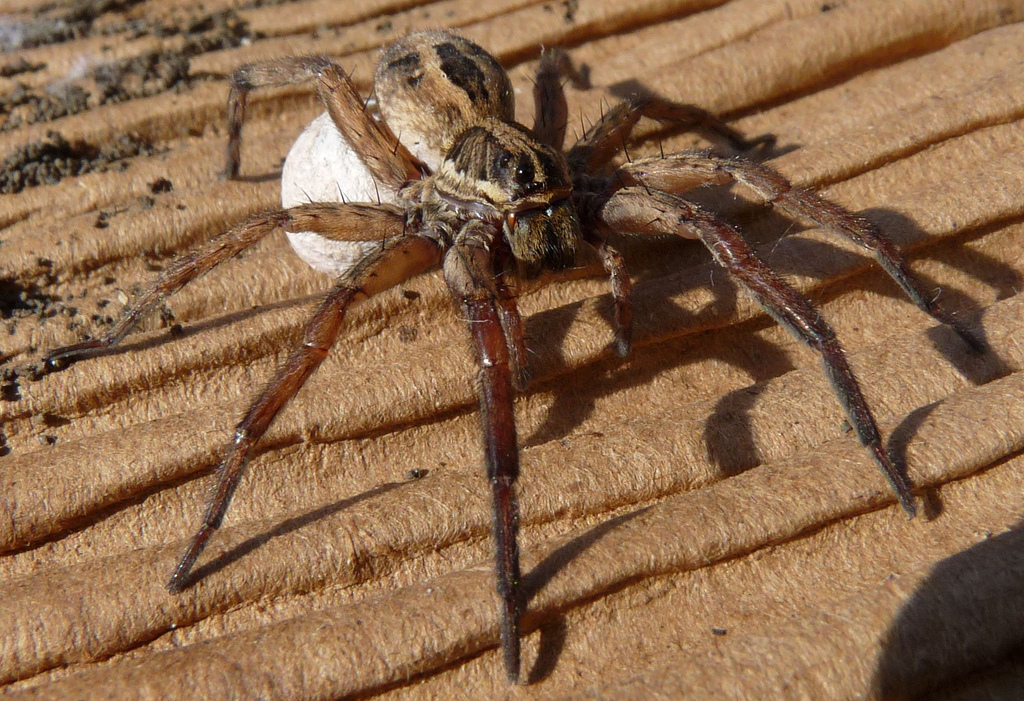
Most of us assume the creepiest of creepy-crawlers are found in the wild – for instance, that you’d be more likely to encounter a spider the size of your face while camping than while dragging your trash cans out to the sidewalk.
But – sad news for arachnophobes – research suggests that urban and suburban environments may actually be more conducive for spider growth and reproduction than rural areas. The reason seems to be the artificial light and the ‘heat islands’ created by urban development.
City and suburban streets are lined with porch lights and street lamps, which attract a myriad of insects – and create a convenient smorgasbord for spiders, leading them to become larger and more robust.
While it seems like insects would prefer to make their home in an old tree or a grassy knoll, a variety of spiders are drawn to the man-made surfaces cities provide. In urban areas, the dry, hard infrastructure that has replaced nature is often several degrees hotter than surrounding areas. And some spiders thrive on these ‘heat islands.’
Another perk to urban life – the parasites that plague spiders don’t seem to like the city nearly as much. Country spiders have more parasites than their urban and suburban cousins. And, perhaps disturbingly to some, city spiders were found to have higher ovary weight – meaning they’re likely to reproduce more rapidly.
While the research focused on only one species of spider – Australia’s Golden Orb Weaver – it’s likely they’re not the only ones who thrive on city living.
**********
.
Web Links
Some Spiders Grow Bigger in Urban Areas
Photo, posted August 2, 2009, courtesy of Donald Hines via Flickr.
.
Earth Wise is a production of WAMC Northeast Public Radio, with script contribution from the Cary Institute of Ecosystem Studies.